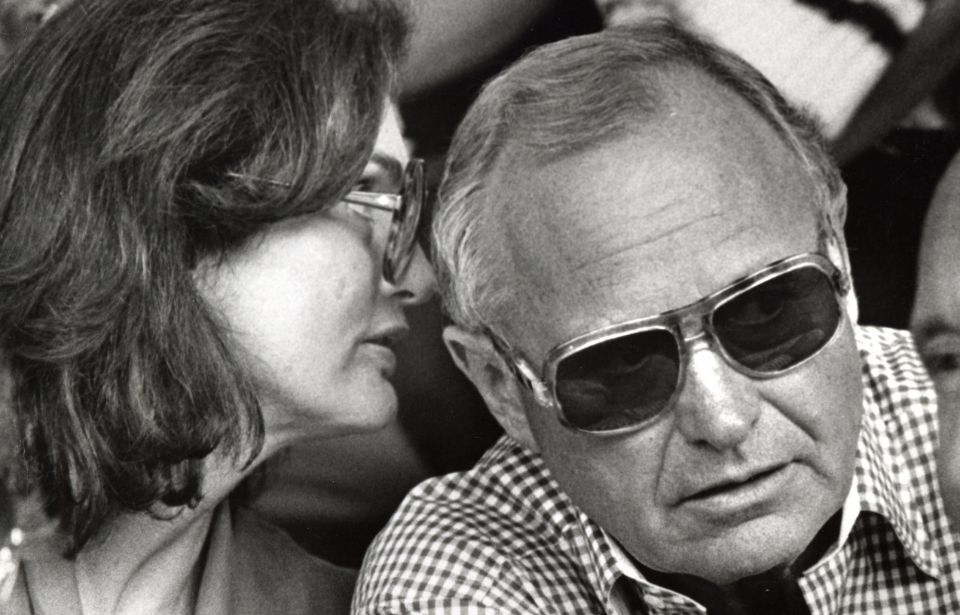A new biography by J. Randy Taraborrelli, titled Jackie: Public, Private, Secret, reveals intimate details about the private romance between former First Lady Jackie Kennedy and architect Jack Warnecke. The book covers an interview Taraborrelli had with Warnecke in 1998, who asked that the information he volunteered be concealed until 10 years following his death. Warnecke passed away in 2010 at the age of 91, with the biography being released in the summer of 2023. Below is a glimpse of what the book has to offer. Keep reading to learn more.
Warnecke was hired to design JFK’s memorial
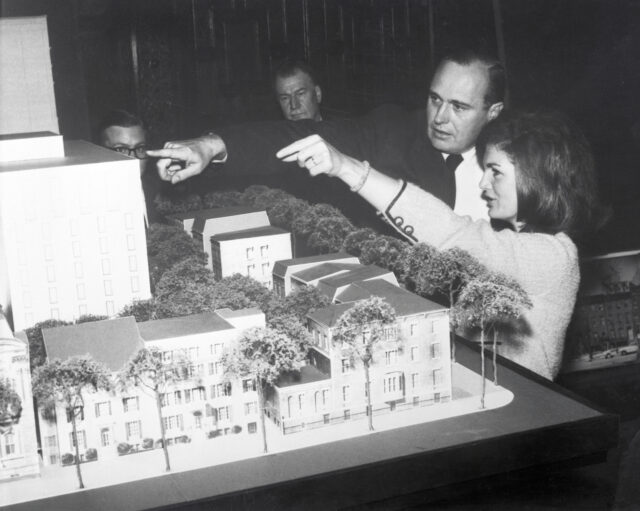
Jackie Kennedy first met Warnecke in 1962 when he was commissioned to help save the historical building around Lafayette Square in Washington, DC. He remained acquainted with the Kennedys all the way up until JFK’s assassination on November 22, 1963. Following the tragedy, Warnecke was hired by Kennedy to design her late husband’s memorial at Arlington National Cemetery.
The two became very close – so close that others began to notice. Robert Kennedy even warned her that whatever it was that was going on between them, he felt it was too soon after the loss of her husband. In response, she asked him, “For what?” and then reminded him, “This is none of your business, Bobby.”
In May 1964, Warnecke finally asked Kennedy out. “On a date?” she asked. “Because I don’t date, Jack, and I never will again.” So, Warnecke said it wasn’t a date and that it was simply dinner, but showed up with flowers all the same. “But, Jack, I didn’t say yes [to a date],” she told him, to which he responded, “But you didn’t say no.”
Kennedy and Warnecke became romantically involved
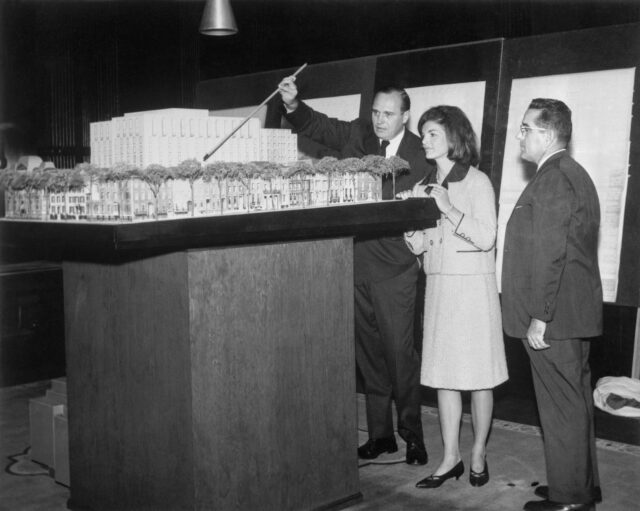
Thus, Kennedy and Warnecke’s relationship began to flourish into something romantic. It was taken to the next level in November of 1964, when she brought him to the Kennedy compound in Hyannis. He explained, “We had dinner—clam chowder—and talked until the sun went down, and then talked beyond that . . . Then, one thing led to another.”
However, that next morning, she was closed off and reserved. He realized at that moment that it had been too soon for her after her late husband’s tragic death, especially in their marital bed. She later said to Warnecke, “Everytime I think I’m having fun, I look down at myself from above and can see that it’s all performance art.”
Despite her trauma, the two continued to date for several years, with them even considering marriage during the summer of 1966. Warnecke said their intimate connection was strong, and they would be intimate “as often as possible. She was sexual . . . alive . . . exciting to be with.”
However, biographer Taraborrelli opined, “I’m not sure they would have actually married. I don’t think it was as serious for her as it was for him.”
A discussion about finances brought their relationship to an end
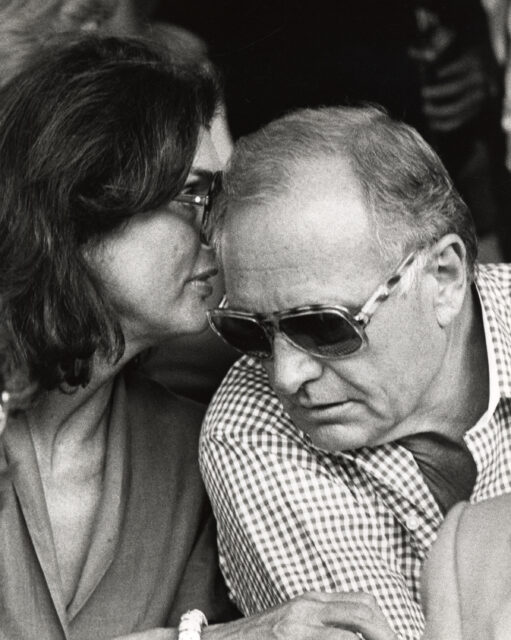
Warnecke’s architecture firm and the lifestyle he was living while romantically involved with Kennedy had put him into some serious financial debt. He opened up about his finances to Kennedy over the phone, which changed the direction of their relationship.
After he revealed to her the amount of debt he was in, Kennedy simply replied with a surprised “Oh?” and told him “she was confident he would ‘figure things out,’ sounding — as Jack would later recall it, ‘rather distant.'” Before hanging up the phone, Warnecke told her that he loved her – a sentiment she didn’t return. Instead, she whispered, “Goodbye for now, Jack.” She never answered any calls from Warnecke after that. Even her own mother, Janet Auchincloss, told her that given his financial debt, “This is not the man for you.”
Taraborrelli explained that Warnecke felt the financial news “pretty much ended their relationship because that’s not what she was looking for. She wasn’t looking to be in a relationship with someone who was in debt. That’s how she ended up with Aristotle Onassis.” Kennedy married Onassis in 1968. He died in 1975.
Kennedy went on to share companionship with diamond merchant Maurice Tempelsman but never married again. Then, in 1994, she was diagnosed with non-Hodgkin’s lymphoma.
They reunited while she was burning letters
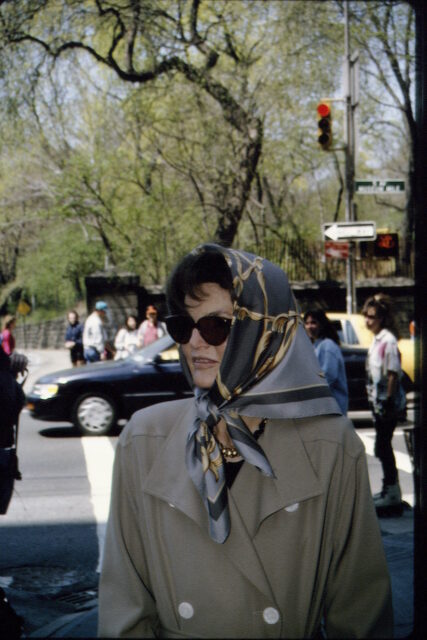
Despite having separated, Warnecke continued to send Kennedy Valentine’s Day cards every year. They were eventually reunited months before her death after she invited him to her apartment, and they ended up having a conversation he would never forget.
She revealed to him that following her diagnosis, “I cry from time to time.” she said. “In the shower, Jack. Where no one can hear me. I think that’s best.” However, all of her tests had come back clean following her chemotherapy treatments. At this time, she thought she had practically beaten the disease. Unfortunately, it had actually metastasized to the membranes of her spinal cord and brain.
During their reunion, Kennedy was ritualistically reading and burning old letters collected over the years from people close to her. While she proceeded with this symbolic task, Warnecke asked her if she had any regrets. She told him she wishes she hadn’t let JFK’s assassination poison the remainder of her life. She told him that she had gotten past it but had never gotten over it.
More from us: From Sisters To Enemies? The Feud That Left Lee Radziwill Out Of Jackie Kennedy’s Will
That evening, Warnecke “told her I never stopped loving her. I thought she was going to say the same to me. Instead, she said, ‘That’s such a lovely thing to say, Jack. Thank you. I’d like to just leave it there if I may.'” Sadly, the two would never see or speak to each other again, as she died on May 19, 1994, at the age of 64.
